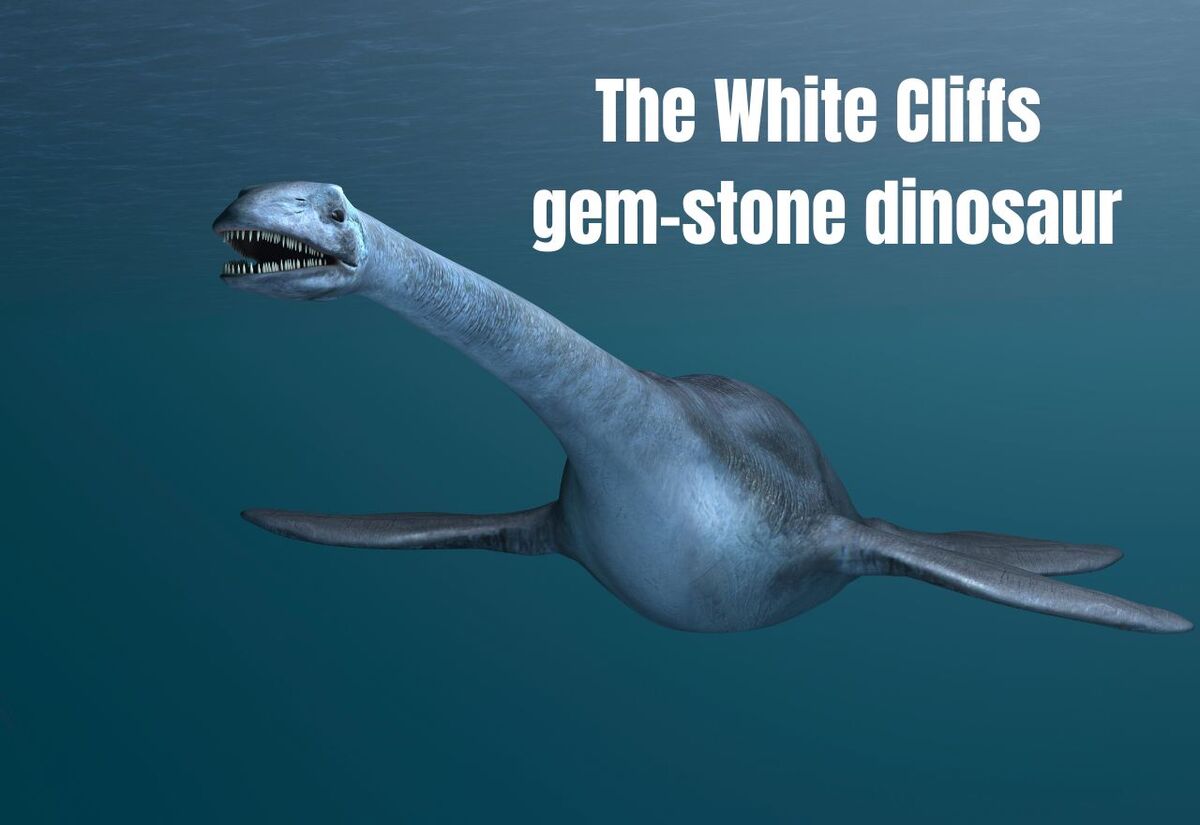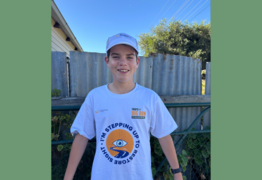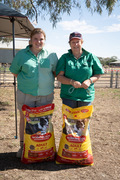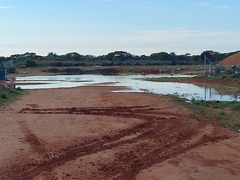The White Cliffs gem-stone dinosaur
Krista Schade
01 May 2025, 2:00 AM

A plesiosaur that turned to opal was discovered in the outback mining village of White Cliffs in 1976
On July 14, 1976, a remarkable opalised plesiosaur fossil was discovered in White Cliffs, NSW—this fossil, found during opal mining by Ken Harris.
It was a notable discovery, as plesiosaurs were among the first fossil reptiles identified, and their distinctive build was recognised in the early 19th century. A plesiosaur, a type of marine reptile that lived during the Mesozoic era.
Plesiosaurs and Ichthyosaurs were marine swimming reptiles alive in the time of Central Australia’s inland sea. They were the ancient reptile world's equivalent to dolphins. Plesiosaurs had flippers, small heads and long necks. Ichthyosaurs had short necks and more closely resembled dolphins or fish.
Plesiosaur skeletons have been found at White Cliffs and Coober Pedy and teeth have been found at Lightning Ridge. Ichthyosaur skeletons and teeth have been found at White Cliffs and Coober Pedy.
The Mesozoic era was around 252-66 million years ago. The term means 'middle life' and is the time of the dinosaurs. The era includes the familiar terms of the Triassic, Jurassic, and Cretaceous periods.
The bones and other organic matter of the White Cliffs plesiosaur were replaced over time by opal, preserving a detailed replica of the animal. This fossil is a significant find as it showcases the area's rich geological history and provides insights into past ecosystems.
While sinking a new mine shaft in 1976, miner Ken Harris discovered the fossil, and contacted the Australian Museum’s Dr Alec Ritchie, who joined him in White Cliffs to painstakingly free the skeleton. It was wrapped in hessian and paster and carefully transported to Sydney to be studied.
Dr Ritchie recalled the phone call he received
"My name is Ken Harris", said the caller, "I'm an opal miner at White Cliffs. While Ken Harris I was sinking a new shaft I came across something that appears to be a skeleton in the rock. Can someone there come out and look at it and maybe advise me on how to get it out?"
“Ken noticed a flash of colour in the side wall and picked around it carefully to see how far it extended. To his surprise, he discovered that it continued for some distance as a series of separate pieces of approximately equal size. It was only then that he realised he had discovered a fossilised backbone of some largish animal whose bones were completely replaced by varieties of opal, mostly of the non-precious types.”

In 1977 Woman’s Weekly published a story, following an offer by the Australian Museum to purchase the fossil, for the sum of $10,000. Ken Harris refused and the Weekly covered his return to White Cliffs to display the plesiosaur as a tourist attraction, reporting he claimed the rare find would bring in that much each year, in tourism dollars.
Another article, published in the Weekly in 1981 as part of a four-page feature on White Cliffs, records claims that a $100,000 offer had also been refused in favour of keeping the rare find in the backcountry.
NEWS
SPORT
RURAL






